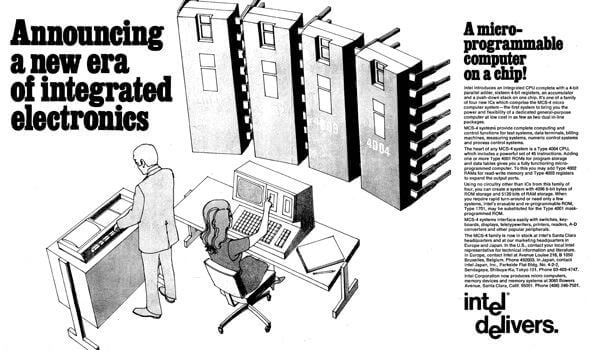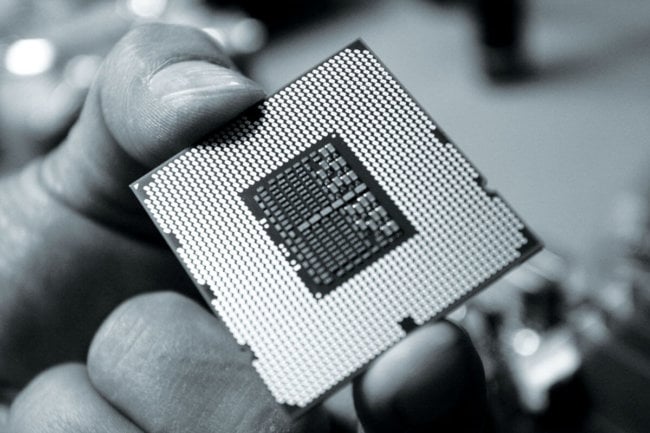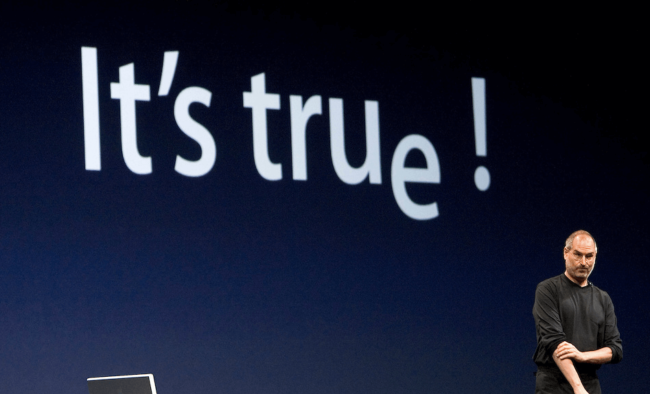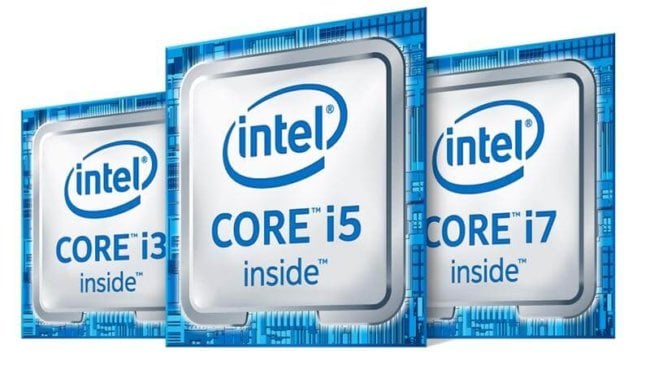- Get link
- X
- Other Apps
- Get link
- X
- Other Apps

Today we will talk about the history of one company, without which most computers in the world would simply not work now. It's about Intel, of course.
Intel was born in the head of Robert Noyce and Gordon Moore, when they also worked at Fairchild Semiconductor in the 60s. The company in those years was a leading manufacturer of analog integrated circuits, but not everything went smoothly: new leadership came and began to limit the freedom of scientists and employees of the company. Therefore, in 1968, Noyce and Moore left Fairchild Semiconductor and subsequently founded their company, which influenced the whole world.

Robert Noyce (left) and Gordon Moore
After leaving Fairchild Semiconductor, Moore and Neuss started working on a business plan for the future company. The company was named Noyce and Moore Electronics, abbreviated NM Electronics. Moore was not entirely sure of the name, and on the next version of Integrated Electronics, proposed by Moore, Noyce saw the abbreviated name Int egrated El ectronics (INTEL), and it was with this name that on July 16, 1968, Robert Noyce and Gordon Moore registered the company. After the registration of Intel, it became clear that there was a company with a similar name Intelco, and Intel had to pay $ 15,000 to freely use its name. Having received a loan from the financiers in 2.5 million dollars, Intel hired its first employee Andrew Grove and began his journey into the world of electronics.

The company immediately chose, as history shows, the correct production vector - electronic memory circuits. It was on the production of RAM that Intel earned the first solid money. With good capital, the company began experimenting with new products, and all this resulted in the fact that in 1971 the company released its first commercial microprocessor Intel 4004. "A New era of integrated electronics" - Intel said to the world. It was a full-fledged 4-bit microprocessor, containing everything necessary for work. It was designed by order of a Japanese company specifically for its calculators. According to the contract, the rights to manufacture the processor had to pass to the Japanese. It was at this time in Intel began to understand what prospects in the future will open before the microprocessor. Fortunately, Gordon Moore and Robert Noyce were just lucky. The Japanese company was experiencing serious financial problems and therefore decided to go for a new contract with Intel. Under the terms of this agreement, the US company undertook to supply its microprocessors to Japan at a price two times lower than the one originally claimed. But all the rights to development remained for Intel.

Gradually, the company's microprocessors began to appear not only in traffic lights and calculators, but also in the first personal computers. All this led to the fact that soon the light appeared processor 8080, which at that time became the industry standard. It was installed even in a computer as popular at the time as the Altair 8800, and after only three years the company will introduce the first 16-bit processor 8086.

Intel grew very fast. In 1968, the company had only 12 employees, and by 1980 there were as many as 15 thousand! Naturally, such growth required and careful management. And Neuss and Moore understood this perfectly. They were just people who could not stand bureaucracy. They had it enough in Fairchild Semiconductor. At first, the founders arranged weekly dinners with employees, then with the growth of the company, Intel management was always open to its employees. Each employee to some extent took decisions on a particular issue. And the right approach to managing the company and the vector of its products led to the fact that in 1983, Intel's income amounted to a whole $ 1 billion.

Since the 80s, Intel has taken control of itself and has closed all the various minor developments to fully focus on the production of microprocessors. Next come the golden times of the 286's, then the 386's and, finally, 486 computers equipped with Intel processors. But even after all these successes, Intel will still remain a company not known to a wide range of people. Yes, it will be talked about in IT professionals, but who from ordinary users can be interested in what kind of processor is located in their computer?

Apparently, Intel was important that all people on the planet know this company, and they did so that a company that no one knew about in the early 90s could become one of the most famous brands in the early 21st century. According to some ratings, Intel is among the top ten most famous brands. The thing is that since the 90s, Intel has launched an inbranding campaign, which has already been included in many marketing textbooks. For this campaign Intel spent hundreds of millions of dollars. The essence of the company's branding consisted in the fact that advertising of usual personal computers constantly mentioned the fact that they are working on Intel's processor (of course, Intel also paid for advertising of these computers). In addition, Intel is very actively used television advertising, driving into the mass consciousness, that you need to make sure that the computer is running on the Intel processor.

In October 1992, Intel announced that the fifth-generation processors, formerly codenamed P5, will be called the Pentium, and not 586, as many expected. This was due to the fact that many processors producing processors actively mastered the production of "clones" (and not only) of the 486 processors. Intel was going to register the name "586" as a trademark so that no one else could manufacture processors with this name, but that's bad luck: it turned out that it is impossible to register the numbers as a trademark (to the great regret of Intel), so it was decided to name the new Pentium processors. On March 22, 1993, a presentation of a new microprocessor took place, a few months later the first computers appeared on their basis. And this processor literally conquered the whole world. He stood in all computers, and many people all over the world demanded a computer with a Pentium processor.

In the late 90's, Intel faced the most serious competition in its history. The same company AMD produced at that time excellent processors, which also cost significantly less than Intel's. But 2006, Intel took a bite off a big piece of cake. For a long time, Apple Macintosh computers were supplied with Motorola processors, and then with IBM. And since 2006, all Macs are now running under Intel processors. At the time when Apple switched from 2006 to 2007 to the architecture of Intel, Intel itself had a whole line of processors for different device segments. "Celerons", "Pentiums", "Xeons" - each processor was designed for their needs: if "xeons" were for professional machines and servers, then the "celerons" were placed in very budget systems.

In the same already, as it seems, in the distant 2006, Intel released an equally famous processor called Core 2 Duo, we all know them, and many still have computers with hearts Core 2 Duo. And in mid-2009, Intel restructured the product line of its processors, thereby creating the Core i family, which includes the already known Core i7, i5 and i3. At the moment about 85% of modern computers and laptops run under the Intel Core 1 processor family. The rest either work on Pentium and Celeron processors, or on the processors of a competitor company.

Now the company besides processors also produces both solid-state drives, motherboards and components for servers. The company does not stop experimenting with modern technologies and even recently set a record in the number of simultaneously controlled drones. Intel specialists launched a hundred quadrocopters with LED elements, which were used as a light-music system. Drones depict colored figures in the air, accompanying the orchestra that plays Beethoven. In general, let's hope that Intel, as well as the past 50 years, will determine the future in computer technologies and successfully develop the computer industry and thereby all of humanity as a whole.

The article is based on materials .
- Get link
- X
- Other Apps
Comments
Post a Comment